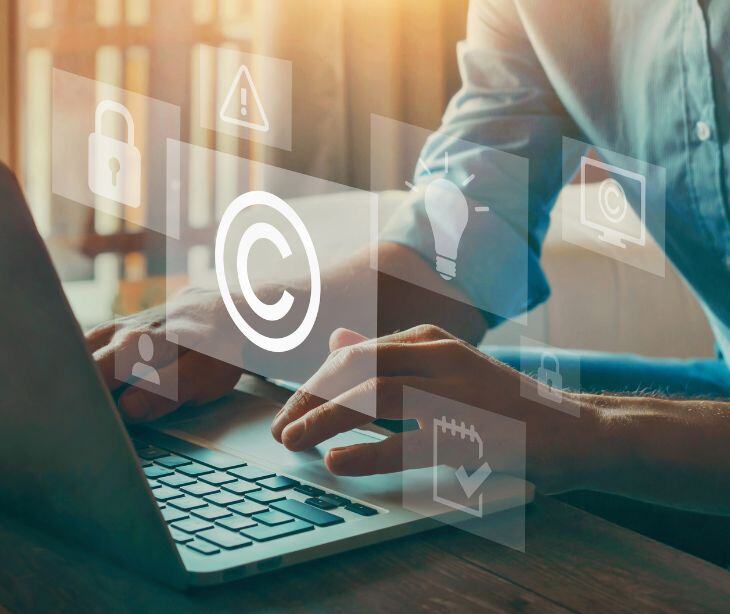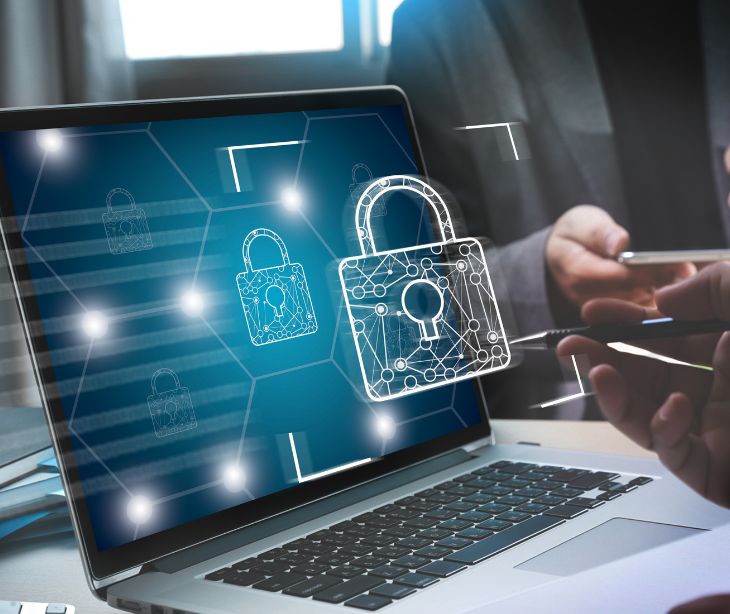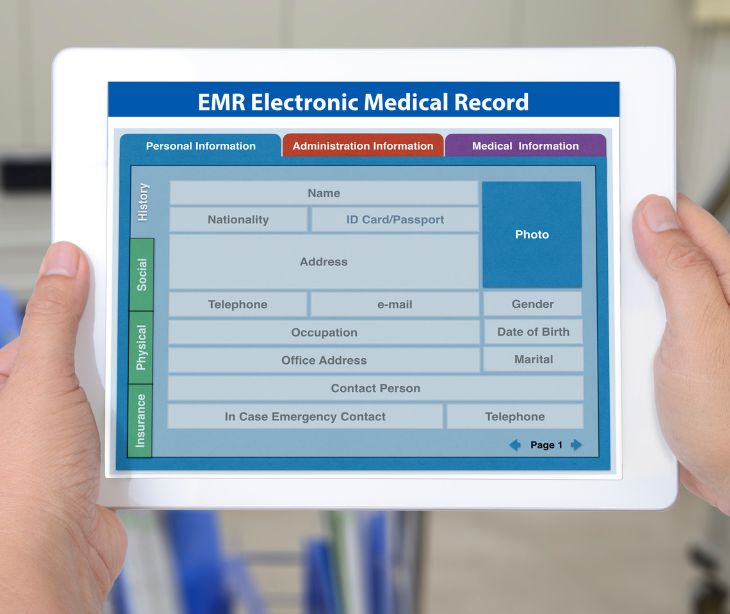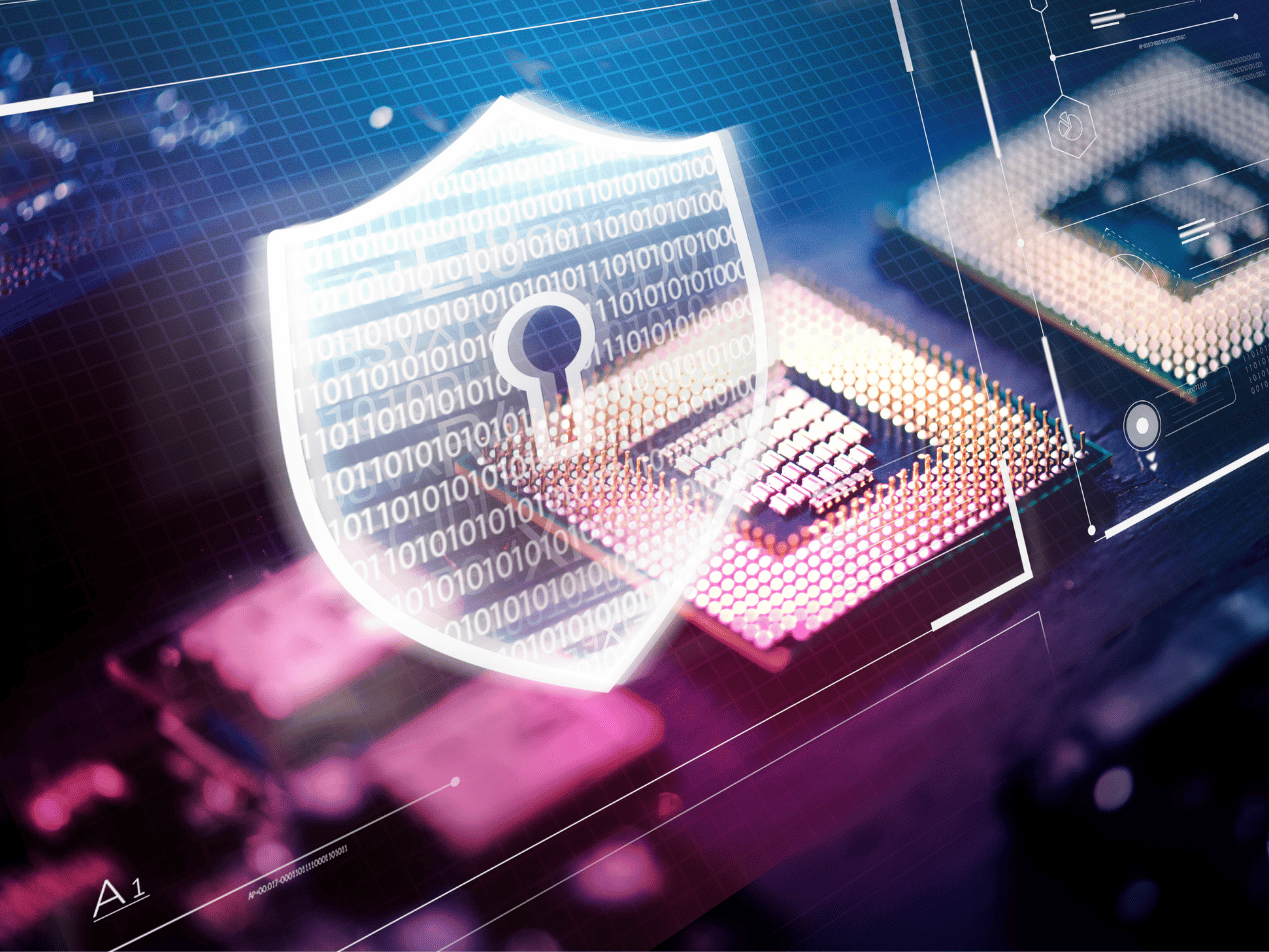
DRM, or digital rights management, uses technology to regulate and oversee access to copyrighted material. It safeguards copyright owners' intellectual property while also preventing the unauthorized dissemination and alteration of their content.
Understanding DRM
DRM is a set of access control technologies used by companies and content creators to regulate the use, modification, and distribution of digital content and devices. “DRM is about tracking who can do what with digital content and this includes social, institutional, and legal aspects as well as software in the media player and/or communication network,” says Legal Service India.
DRM systems aim to protect intellectual property by preventing unauthorized copying, sharing, and piracy of digital media, including software, music, movies, eBooks, and video games.
Key aspects of DRM
- Encryption: To restrict access to only authorized users, DRM systems apply encryption techniques to the content.
- Access control: DRM can restrict how and when content is accessed.
- Copy protection: DRM technologies can prevent the copying and redistribution of digital content.
- Authentication: Users may need to authenticate their identity or validate their purchase through a DRM service to access content.
- Licensing: DRM systems manage digital licenses, which define the terms under which content can be used.
How does DRM work?
Encryption:- Content is encrypted using complex algorithms, ensuring that only users with the correct decryption key can access it.
- The decryption key is usually provided when the content is purchased or licensed.
- Users must authenticate their identity to access the content. This often involves logging into an account linked to their purchase.
- Authentication can be done through passwords, biometric verification, or device-specific identifiers.
- DRM systems define and enforce rules about how content can be accessed and used.
- This can include limits on the number of devices, the number of times content can be accessed, and geographic restrictions.
- When a user purchases or licenses content, they receive a license that outlines the terms of use.
- The license can include restrictions such as usage periods, device limits, and sharing permissions.
- Digital watermarks are embedded into content to identify the source and track distribution.
- Watermarks are often invisible and can be used to trace unauthorized copies back to the original purchaser.
- DRM systems include mechanisms to detect and prevent tampering or bypassing.
- This can involve regular checks for software integrity and updates to the DRM software to patch vulnerabilities.
Benefits
The benefits of using DRM include:
- Safeguard digital content by preventing unauthorized copying, ensuring only legitimate users have access, and reducing piracy risks.
- Restricts access to authorized users, compensating creators and distributors through business models like subscriptions, pay-per-view, and rentals, and thus supports monetization.
- Enables content owners to set usage restrictions, allowing flexible licensing models to cater to market needs and user preferences while protecting intellectual property.
- Protects creative works by encouraging creators to produce more content, investing resources, enriching the digital content ecosystem, and encouraging more content creation.
- Provide a structured framework for enforcing legal rights, ensuring regulatory compliance, tracking and verifying usage in legal disputes, and meeting intellectual property protection requirements.
- Enable content providers to control distribution by applying geographic restrictions and market segmentation, thus optimizing reach and profitability
- Ensures access to high-quality content and supports various access models like streaming and offline viewing.
- DRM systems offer tracking and analytics capabilities, enabling content providers to monitor usage and consumer behavior, thereby enhancing market strategies and user satisfaction.
See also: HIPAA Compliant Email: The Definitive Guide
Types of DRM
DRM technologies come in various forms, each designed to protect different types of digital content and enforce different usage restrictions. Here are the primary types of DRM:
Software DRM
- Application-based DRM: Protects software applications from unauthorized use and distribution. Examples include license keys, activation codes, and online activation processes.
- In-game DRM: Used in video games to prevent piracy and unauthorized copying. Techniques include always-online requirements, serial keys, and platform-specific protections like Steam's DRM.
Media DRM
- Audio DRM: Protects digital music files from being copied or shared without permission.
- Video DRM: Secures digital video content such as movies and TV shows.
eBook DRM:
- Document and eBook DRM: Protects digital books and documents from being copied, printed, or shared without authorization.
Streaming DRM:
- Live streaming DRM: Used by streaming services to protect content being delivered in real-time.
- On-demand streaming DRM: Provides security for on-demand content delivery.
File DRM:
- Enterprise DRM: Protects sensitive corporate documents and files, ensuring they can only be accessed by authorized personnel. Often includes encryption, access controls, and tracking.
- Consumer file DRM: Protects personal media files such as photos and videos stored on cloud services or personal devices.
Hardware-based DRM:
- Trusted Platform Module (TPM): A hardware-based solution that provides secure encryption keys embedded in devices to protect data and software.
- High-bandwidth digital content protection (HDCP): Protects digital audio and video content as it travels between devices, such as from a computer to a monitor or from a Blu-ray player to a TV.
Network-based DRM:
- Server-side DRM: Involves DRM services hosted on a server that manages licenses, authentication, and access controls. Commonly used in enterprise environments and cloud services.
- Client-side DRM: Integrates DRM protections directly into client applications or devices, which then communicate with a DRM server for authentication and license management.
Tips and best practices for implementing DRM
Effectively implementing DRM requires balancing content protection with user experience. Here are key tips and best practices:
- Understand your audience and content: Tailor DRM solutions according to the audience requirements and content nature, while evaluating their effect on user interaction to decrease any possible discomfort.
- Choose the right DRM solution: Select a DRM technology that is compatible with all platforms and devices your audience uses and is scalable to accommodate business growth and future needs.
- Implement flexible licensing: Design licensing policies that are easy to understand and provide various options such as subscriptions, rentals, and purchases that can accommodate the varying preferences of customers.
- Ensure robust security: Use robust security measures to safeguard content, and regularly update DRM systems to address vulnerabilities and enhance security features.
- Maintain transparency: Clearly communicate DRM restrictions and their necessity while providing accessible customer support.
- Test thoroughly: Identify and resolve issues through user and compatibility testing.
- Monitor and adapt: To enhance the system, keep track of content consumption and receive feedback from users.
- Compliance and legal considerations: DRM practices must adhere to local laws and regulations in all distribution regions while considering fair use implications and allowing reasonable flexibility for legitimate uses.
- Educate users: Offer assistance in comprehending and adhering to DRM by presenting various helpful materials. Interact with the user base to explain the advantages of using DRM.
- Plan for the long term: Future-proof your DRM strategy by planning for technological advancements and evolving user expectations, and regularly review and update it for continued effectiveness and user-friendliness.
See also: Why email outperforms social media in healthcare marketing
FAQs
Can DRM be bypassed?
While DRM systems aim to prevent unauthorized access and copying, they are not foolproof. There have been instances of DRM being bypassed through various methods, though doing so may violate laws.
Does DRM affect the quality of digital content?
DRM itself does not affect the quality of digital content. However, some DRM implementations may introduce limitations on certain features or playback options, which can impact user experience.
Does DRM impact user experience?
DRM can impact the user experience by introducing restrictions on how content is accessed and used. However, efforts are made to minimize inconvenience and provide a seamless experience.
Related: Patient experience and HIPAA: What you need to know
Subscribe to Paubox Weekly
Every Friday we'll bring you the most important news from Paubox. Our aim is to make you smarter, faster.




